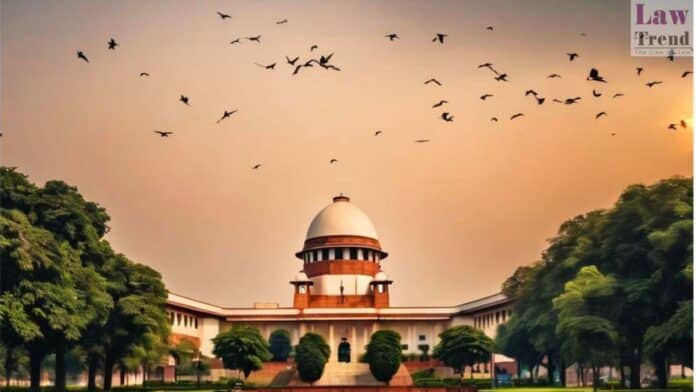In a significant ruling on motor accident compensation, the Supreme Court of India has held that allowances such as House Rent Allowance (HRA) must be included when determining the income of a deceased person for calculating loss of dependency. A bench of Justice Sudhanshu Dhulia and Justice Aravind Kumar set aside the “hyper technical” view
To Read More Please Subscribe to VIP Membership for Unlimited Access to All the Articles, Download Available Copies of Judgments/Order, Acess to Central/State Bare Acts, Advertisement Free Content, Access to More than 4000 Legal Drafts( Readymade Editable Formats of Suits, Petitions, Writs, Legal Notices, Divorce Petitions, 138 Notices, Bail Applications etc.) in Hindi and English.







